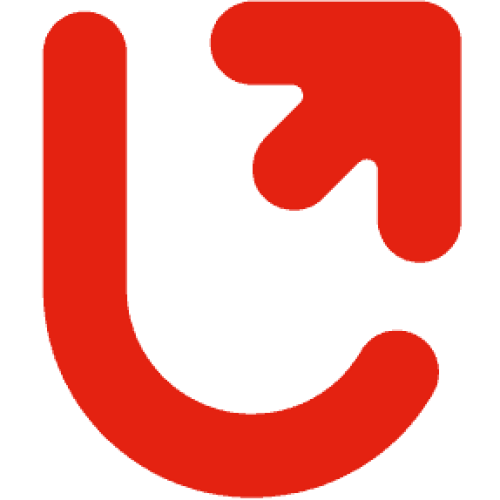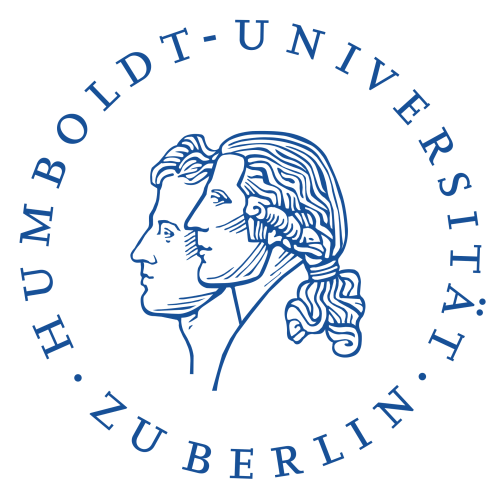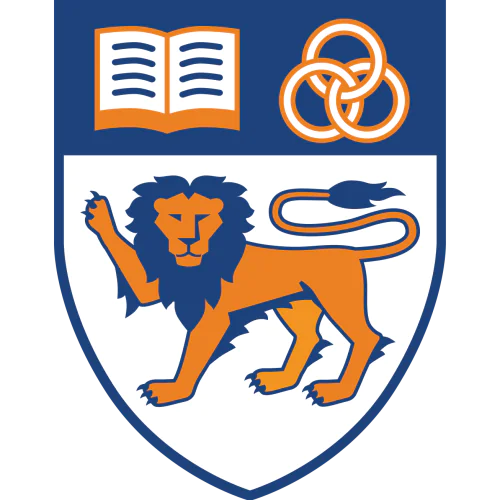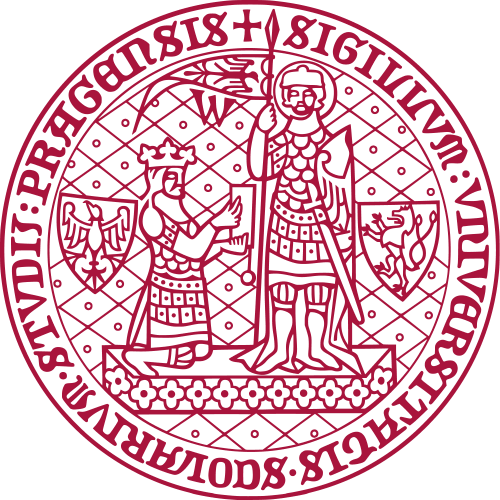
Robert Poskart
About
Robert Poskart graduated from the Faculty of Economics at Opole University. During his studies, he completed an internship at the Department of Foreign Affairs and Trade in Dresdner Bank Heidelberg (Germany) and participated in an academic exchange program, studying economics (BWL) at FH Trier (Germany). He obtained his Ph.D. from the University of Opole. Currently, he serves as an assistant professor at the Department of Accounting and Finance at the Faculty of Economics at the University of Opole (Poland) and is a member of the Polish Economic Society (PTE). His research interests include the theory of money, financial markets, and their connections with other segments of the global economy. He has authored several dozen scientific articles and co-authored several books in these fields. He is member of several international teams and projects, incl. ReThink Finance - Integrating innovative paradigms and digital technologies into financial teaching, FORTHEM Alliance.
Research interests
Top-100
Journals
|
1
|
|
|
International Journal of Financial Studies
1 publication, 16.67%
|
|
|
Central European Review of Economics & Finance
1 publication, 16.67%
|
|
|
Prace Naukowe Uniwersytetu Ekonomicznego we Wrocławiu
1 publication, 16.67%
|
|
|
Family Forum
1 publication, 16.67%
|
|
|
Economics and Environment
1 publication, 16.67%
|
|
|
1
|
Citing journals
|
1
|
|
|
International Journal of Financial Studies
1 citation, 25%
|
|
|
Proceedings of the International Conference on Business Excellence
1 citation, 25%
|
|
|
Handbook of Research on In-Country Determinants and Implications of Foreign Land Acquisitions
1 citation, 25%
|
|
|
Journal of Finance and Financial Law
1 citation, 25%
|
|
|
1
|
Publishers
|
1
|
|
|
MDPI
1 publication, 16.67%
|
|
|
Instytut Badan Gospodarczych / Institute of Economic Research
1 publication, 16.67%
|
|
|
Wroclaw University of Economics and Business
1 publication, 16.67%
|
|
|
Uniwersytet Opolski
1 publication, 16.67%
|
|
|
Fundacja Ekonomistow Srodowiska i Zasobow Naturalnych
1 publication, 16.67%
|
|
|
1
|
Organizations from articles
|
1
2
3
4
5
|
|
|
Organization not defined
|
Organization not defined, 5, 83.33%
Organization not defined
5 publications, 83.33%
|
|
Opole University of Technology
1 publication, 16.67%
|
|
|
1
2
3
4
5
|
Countries from articles
|
1
2
3
4
|
|
|
Country not defined
|
Country not defined, 4, 66.67%
Country not defined
4 publications, 66.67%
|
|
Poland
|
Poland, 2, 33.33%
Poland
2 publications, 33.33%
|
|
1
2
3
4
|
Citing organizations
|
1
|
|
|
Organization not defined
|
Organization not defined, 1, 25%
Organization not defined
1 citation, 25%
|
|
Nirma University
1 citation, 25%
|
|
|
Humboldt University of Berlin
1 citation, 25%
|
|
|
National University of Singapore
1 citation, 25%
|
|
|
National Yang Ming Chiao Tung University
1 citation, 25%
|
|
|
Charles University
1 citation, 25%
|
|
|
Ibn Tofaïl University
1 citation, 25%
|
|
|
Bucharest University of Economic Studies
1 citation, 25%
|
|
|
Singapore Management University
1 citation, 25%
|
|
|
1
|
Citing countries
|
1
2
|
|
|
Country not defined
|
Country not defined, 2, 50%
Country not defined
2 citations, 50%
|
|
United Kingdom
|
United Kingdom, 1, 25%
United Kingdom
1 citation, 25%
|
|
India
|
India, 1, 25%
India
1 citation, 25%
|
|
Morocco
|
Morocco, 1, 25%
Morocco
1 citation, 25%
|
|
Romania
|
Romania, 1, 25%
Romania
1 citation, 25%
|
|
1
2
|
- We do not take into account publications without a DOI.
- Statistics recalculated daily.


















